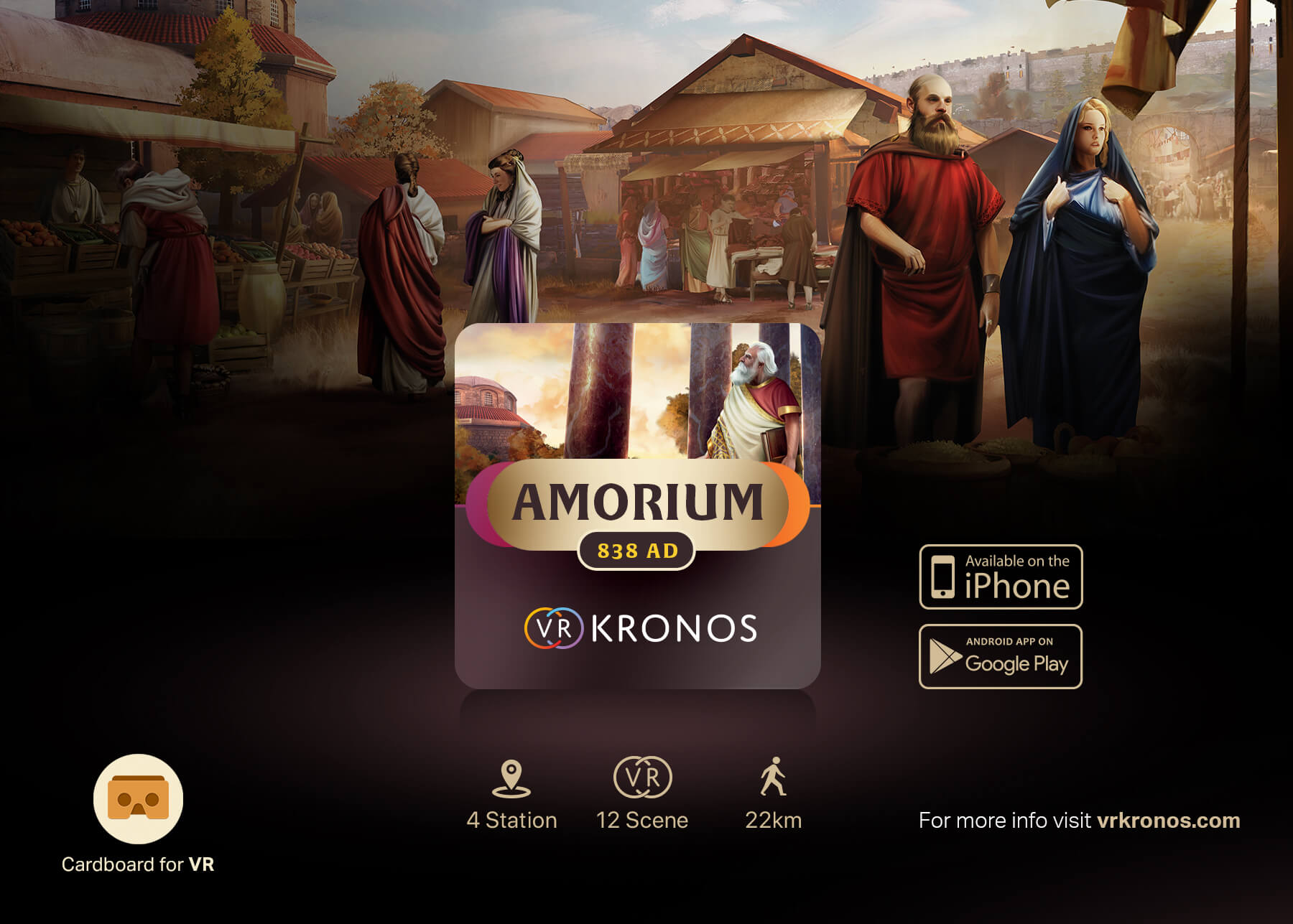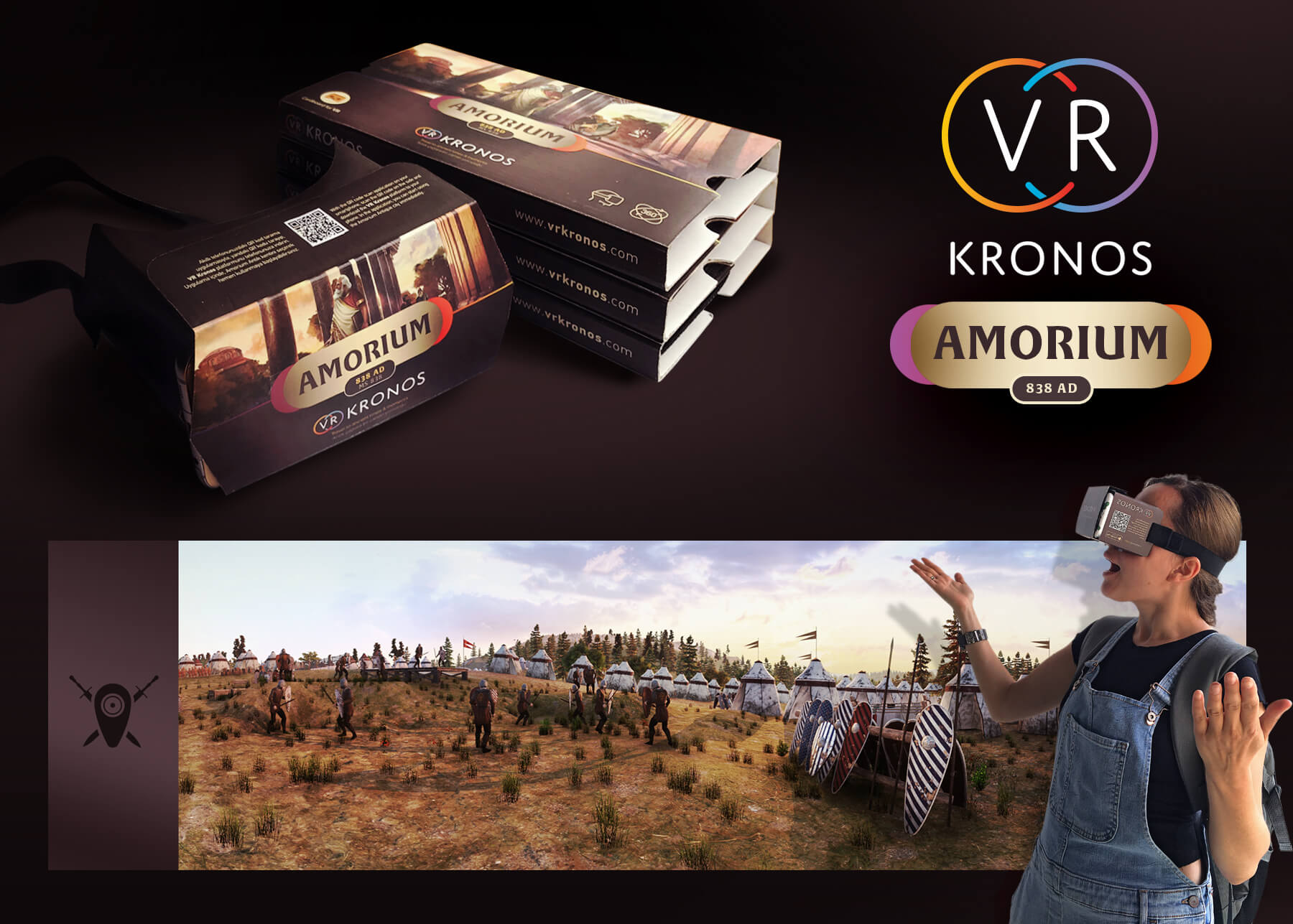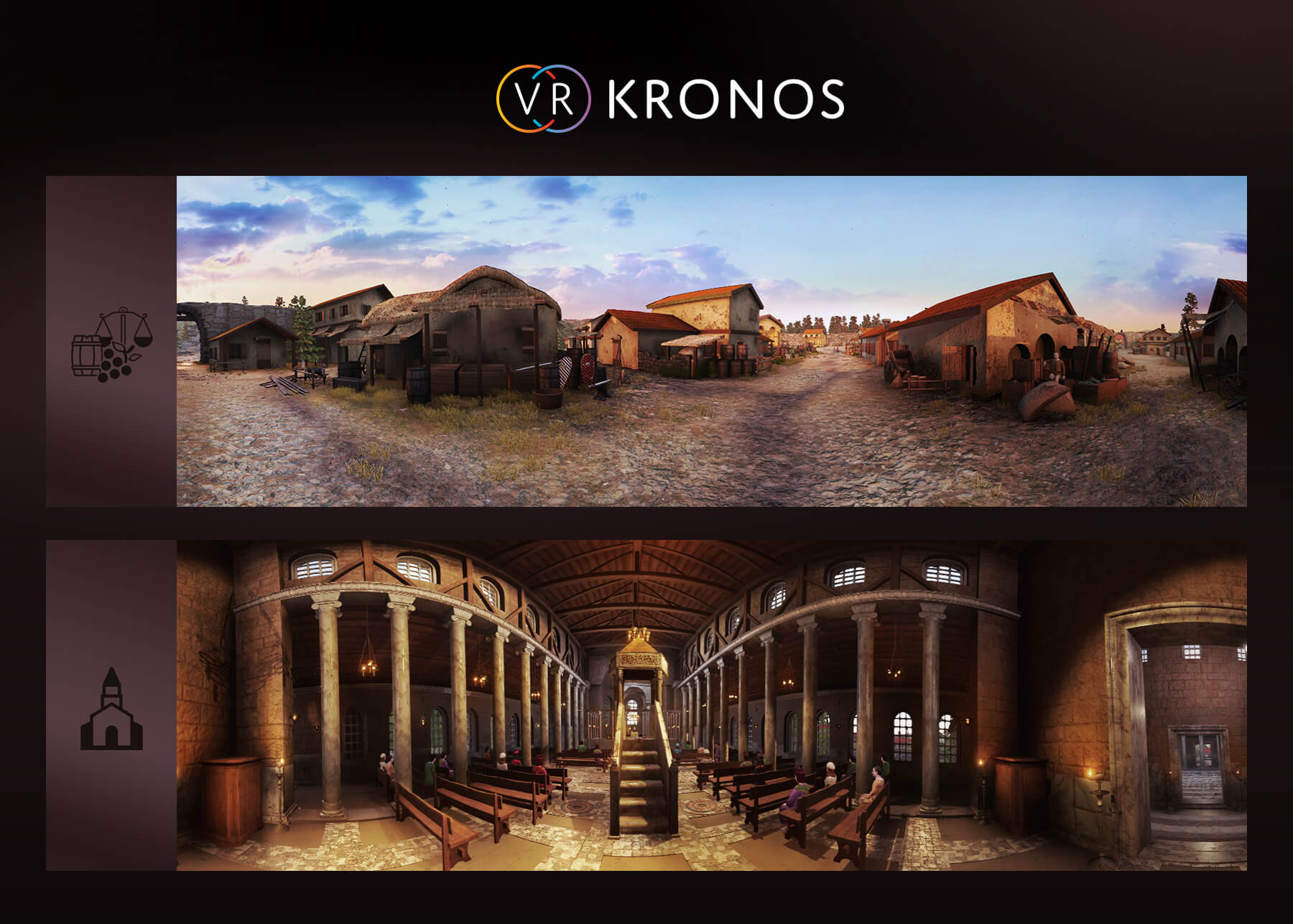A.D. Emperor Constantine I in Constantinople established the two major military routes extending to Anatolia after the modernization of Istanbul as the capital of the Roman Empire. One of these ways is from Eskişehir (Dorylaeum) and Konya to the Mut Valley and then to the southern regions. Here is the task of a military garrison established on the road to the south Amorium. Another important function is the place where Christian pilgrims and travelers to Jerusalem land and worship.
The revitalization of this important Byzantine city, which is now under the earth, with many parts under the ground, will fulfill an important cultural mission. The most important reference for the team that set out with this understanding was the information given by the excavation team of the ancient city of Amorium and the drawings / scales of the building plans. For example; The church, which is one of the most important buildings of the city, was scaled by the actual dimensions of the excavations. The important structures and decorative elements of the city, which could not be discovered during the excavations, were made by the historical research of the period, concept sketch studies were made for the appearance of public spaces and art and archeology were combined.



